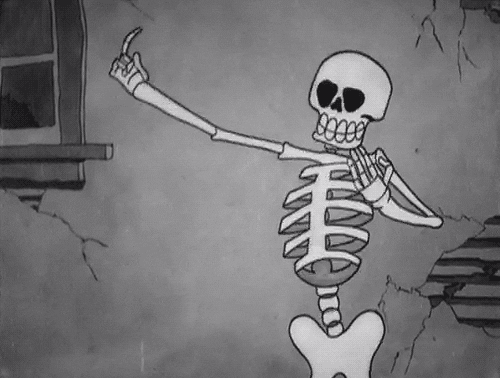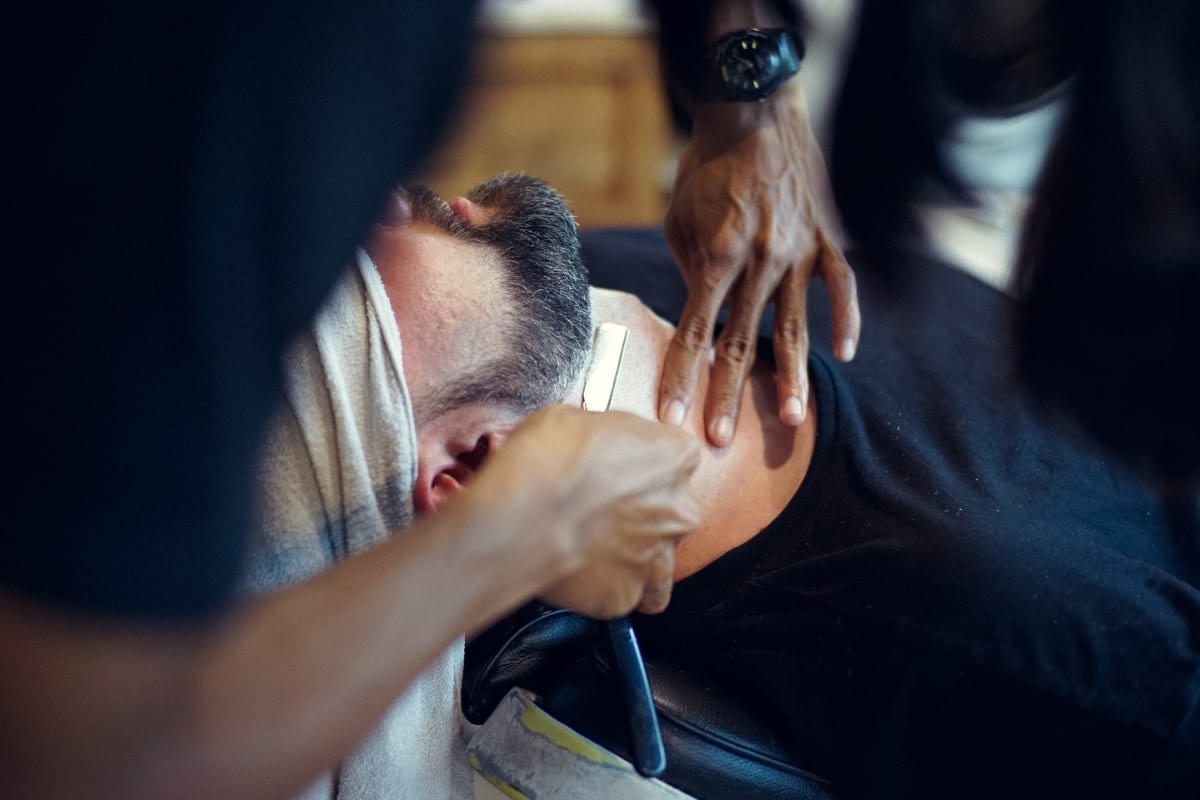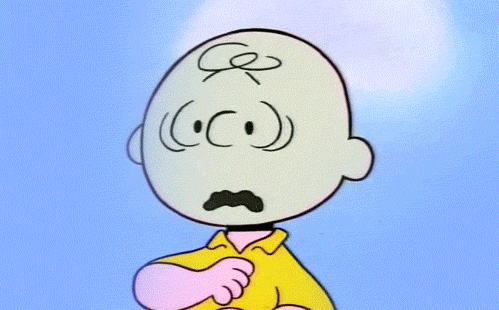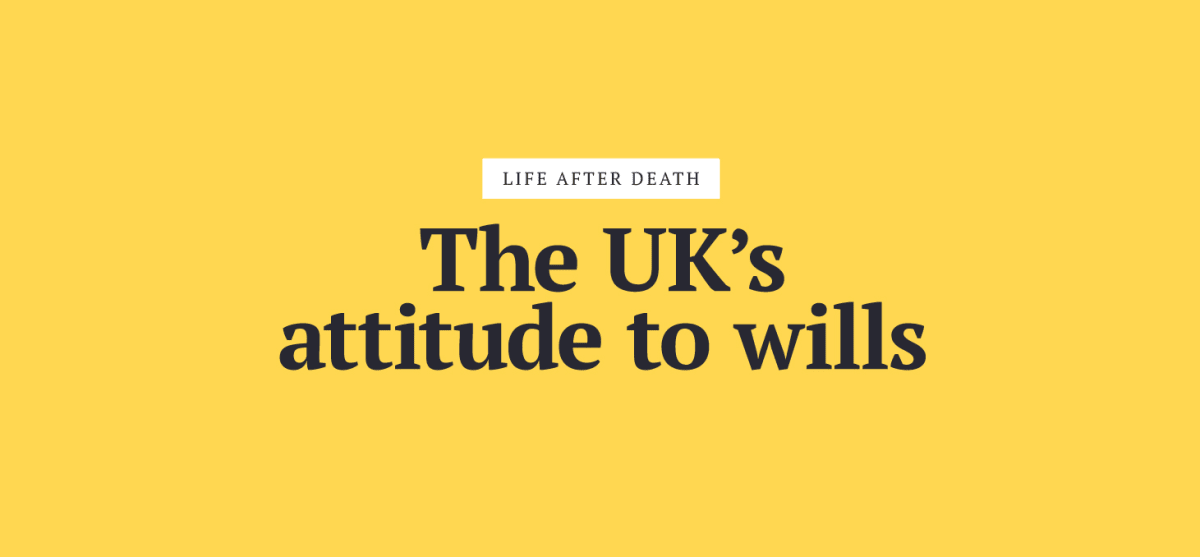- Lack of competition in certain areas allows providers to charge grieving families far more than national average
- Crematoriums charge more the further they are from their nearest rival on average
- Big savings on offer in densely populated areas but those in remote regions most vulnerable to higher prices
Grieving relatives are being burned by cremation costs that are 36.5% above the national average in areas where there is no competition, funeral services comparison site Beyond reveals today.
The average national cremation price has now risen to £784 but some crematoriums are charging up to £300 more than that.
The UK’s ten most expensive are all charging £1,070 and Beyond says it is no coincidence that they are on average 14.4 miles from their nearest rival, creating a monopoly as families balk at travelling long distances to lay their loved ones to rest.
The research comes after the Competition and Markets Authority (CMA) last week announced a review into the spiralling costs of funerals.
A clear nationwide trend reveals how proximity of competition keeps prices lower while distance increases the average cremation costs considerably.
Beyond’s study shows the tipping point for the crematorium monopoly effect is 7.5 miles. If a crematorium is further than 7.5 miles away from its nearest competitor, the average price it charges rises significantly.
The average price at a crematorium less than 7.5 miles from its nearest competitor is £757 which rises to £810 for those further than 7.5 miles away and £830 for those beyond 15 miles.
Cremations now account for close to 80% of all funerals, making it big business for the nation’s crematoriums. The CMA will seek to ensure that consumers are not being exploited, particularly at such a vulnerable and emotional time.
Of the 20 priciest crematoriums in the country, all but one (Parkgrove) are owned by private funeral services firm Dignity, while only one (Beckenham) sits within the 7.5 mile radius, showing how distance from competition can add a significant premium to cremation prices.
UK’s most expensive crematoriums
| Crematorium | Distance to nearest crematorium (miles) | Price of cremation |
| Moray | 47 | £1,070 |
| Surrey & Sussex (Crawley) | 18 | £1,070 |
| Dundee | 16 | £1,070 |
| Parkgrove (Friockheim) | 16 | £1,070 |
| The Counties (Northampton) | 10.5 | £1,070 |
| Heart of England (Nuneaton) | 9.5 | £1,070 |
| Chichester | 9 | £1,070 |
| Oxford | 8 | £1,070 |
| Randalls Park (Leatherhead) | 7.5 | £1,070 |
| Beckenham | 2.5 | £1,070 |
| Earlham | 18 | £1,060 |
| Norwich | 13 | £1,060 |
| Lancaster & Morecambe | 18.5 | £1,055 |
| Loughborough | 10 | £1,035 |
| Basingstoke | 12 | £1,025 |
| Glynn Valley | 23.5 | £999 |
| Hawkinge | 8.5 | £999 |
| Charnock Richard (Chorley) | 8 | £999 |
| Exeter & Devon | 4.5 | £999 |
| East Lancashire (Bury) | 3.5 | £999 |
London, the most densely populated part of the country, reinforces the trend, with a greater amount of competition forcing cremation prices down in the capital. South West Middlesex Crematorium in Feltham, for example, has the lowest charges of anywhere in the UK at £515, and is within five miles of its nearest competitor.
Beyond says that there are exceptions to the trend but these only demonstrate that some prices are being artificially inflated, because not all crematoriums feel the need to take advantage of an effective monopoly by increasing prices well above the national average.
Aberdeen’s crematorium, for instance, is more than 42 miles from a rival – the fourth biggest distance in the country – yet it only charges £693 per cremation, 12% below the national average of £784.
The crematorium monopoly is not unique to the private sector. Inverness is the most remote crematorium in the country, 51 miles away from any other, and charges £904 – the fifth most of any public provider.
The average price of the top five public crematoriums is £927 while the average distance from a competitor is 24 miles – showing that councils are not immune from cashing in on their advantage either.
UK’s most expensive public crematoriums
| Crematorium | Distance to nearest crematorium (miles) | Price of cremation |
| Thorncliffe (Barrow-in-Furness) | 20 | £959 |
| Crownhill (Milton Keynes) | 13 | £931 |
| Distington Hall (Workington) | 29 | £924 |
| Haycombe (Bath) | 8 | £915 |
| Inverness | 51 | £904 |
James Dunn, co-founder of Beyond, comments:
“For far too long, not enough has been done about spiralling cremation costs. Mourners are being exploited and it’s fantastic news that the CMA has launched its probe into this sector.
“In everyday life it can pay to shop around for a better deal. In death, however, it’s not always possible to go elsewhere and consumers need to be protected when providers can essentially charge what they like.
“Prices should not be allowed to spiral out of control in areas where there is no competition. No provider should be able to cash in on grief in this way.”










